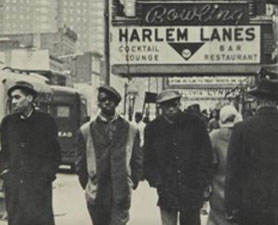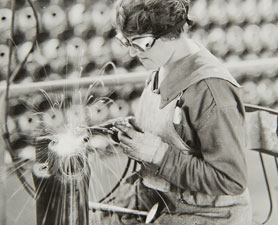Stories of Innovation
Walk alongside our country’s most famous innovators as they face great uncertainties and uncover lasting discoveries. Listen as our curators make connections between seemingly unrelated objects and arrive at new meanings. Learn about innovation from America’s greatest makers, thinkers, and doers.
-
 What If?America’s greatest innovators ask big “What If” questions—and answer them in even bigger ways. Step into the unfolding drama of those questions and discover how visionaries from Henry Ford to Rosa Parks to Steve Wozniak triumphed to create lasting change.
What If?America’s greatest innovators ask big “What If” questions—and answer them in even bigger ways. Step into the unfolding drama of those questions and discover how visionaries from Henry Ford to Rosa Parks to Steve Wozniak triumphed to create lasting change.
-
 Connect3From millions of artifacts in The Henry Ford’s digital collections, our experts choose three and reveal the surprisingly curious connections between them. Spend even a few minutes with these compelling videos and you’re sure to discover something new.
Connect3From millions of artifacts in The Henry Ford’s digital collections, our experts choose three and reveal the surprisingly curious connections between them. Spend even a few minutes with these compelling videos and you’re sure to discover something new.
-
 Visionaries on InnovationDiscover personal perspectives from today’s leading innovators that you won’t find anywhere else. From first-person articles to video interviews, you’ll enjoy stories about innovation and about the behaviors that nurture it.
Visionaries on InnovationDiscover personal perspectives from today’s leading innovators that you won’t find anywhere else. From first-person articles to video interviews, you’ll enjoy stories about innovation and about the behaviors that nurture it.
-
 THF ConversationsExplore THF Conversations featuring leaders in their field as they discuss topics and challenges facing us today.
THF ConversationsExplore THF Conversations featuring leaders in their field as they discuss topics and challenges facing us today.
Inside The Henry Ford
Telling history through artifacts is what we do at The Henry Ford. See how we hunt for authentic objects and search for new meanings about the people, ideas, and events that changed our world.
-
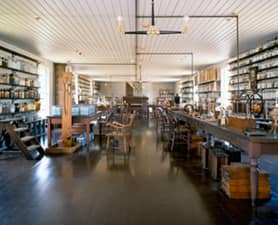 Exhibit StoriesWhen Henry Ford decided to bring Thomas Edison’s historic Menlo Park laboratory to Greenfield Village, he faced a daunting task. Find out what it took to move the estate to Michigan and restore it to its former glory.
Exhibit StoriesWhen Henry Ford decided to bring Thomas Edison’s historic Menlo Park laboratory to Greenfield Village, he faced a daunting task. Find out what it took to move the estate to Michigan and restore it to its former glory.
-
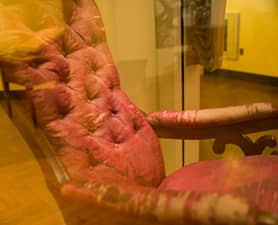 Curation & Preservation StoriesThe rocking chair in which Abraham Lincoln was sitting when he was shot has a permanent home in our museum. Learn about the chair’s history and our efforts to preserve it for future generations.
Curation & Preservation StoriesThe rocking chair in which Abraham Lincoln was sitting when he was shot has a permanent home in our museum. Learn about the chair’s history and our efforts to preserve it for future generations.

Learn more about our Emmy®-winning TV series hosted by CBS correspondent Mo Rocca, and be sure to tune in every Saturday for a celebration of the inventor’s spirit.
-
 Season 1 Episodes
Access the complete archive of half-hour shows from the 2014-2015 season.
Season 1 Episodes
Access the complete archive of half-hour shows from the 2014-2015 season.
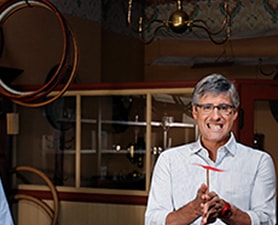 Season 2 Episodes
Access the complete archive of half-hour shows from the award-winning second season.
Season 2 Episodes
Access the complete archive of half-hour shows from the award-winning second season.
-
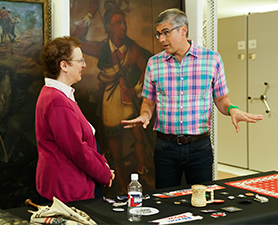 Season 3 Episodes
Access the half-hour shows from our third season.
Season 3 Episodes
Access the half-hour shows from our third season.
 Season 4 Episodes
Access the half-hour shows from our fourth season.
Season 4 Episodes
Access the half-hour shows from our fourth season.
-
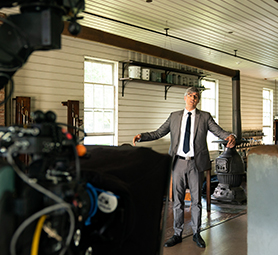 Season 5 Episodes
Access the half-hour shows from our fifth season.
Season 5 Episodes
Access the half-hour shows from our fifth season.
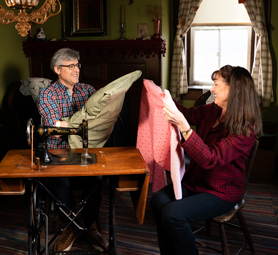 Season 6 Episodes
Access the half-hour shows from our sixth season.
Season 6 Episodes
Access the half-hour shows from our sixth season.
-
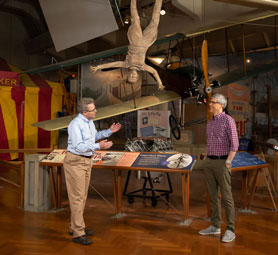 Season 7 Episodes
Access the half-hour shows from our seventh season.
Season 7 Episodes
Access the half-hour shows from our seventh season.
Recipes & Cookbooks
Get inspired by recipes from America's past. Browse our Historic Recipe Bank and share your favorites with friends and family.
Blog
Join us for stories of innovation from yesterday and today.
-
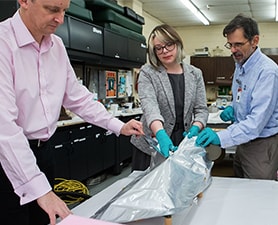 Archive InsightsEndlessly fascinating expert insights about our artifacts. Featured contributors include our curators, who share how they collect and interpret meaningful historical objects, documents, events—and, of course, the people behind the innovations.
Archive InsightsEndlessly fascinating expert insights about our artifacts. Featured contributors include our curators, who share how they collect and interpret meaningful historical objects, documents, events—and, of course, the people behind the innovations.
-
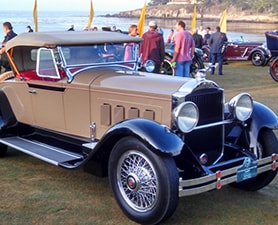 Think THFWhether we’re covering events on our campus or bringing you reports from far afield, you’ll find timely stories about American innovation and ingenuity featured here.
Think THFWhether we’re covering events on our campus or bringing you reports from far afield, you’ll find timely stories about American innovation and ingenuity featured here.
-
 Innovation ImpactOur posts connecting today’s headlines with the past, helping you to put news and events into a meaningful context.
Innovation ImpactOur posts connecting today’s headlines with the past, helping you to put news and events into a meaningful context.

